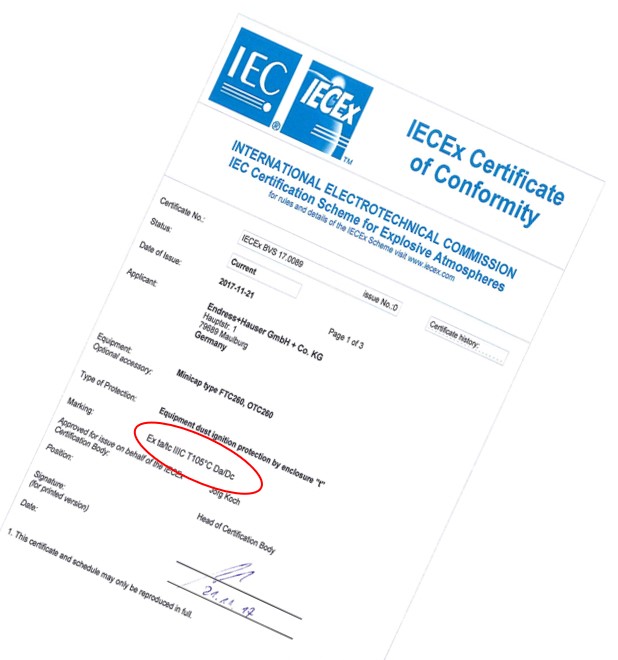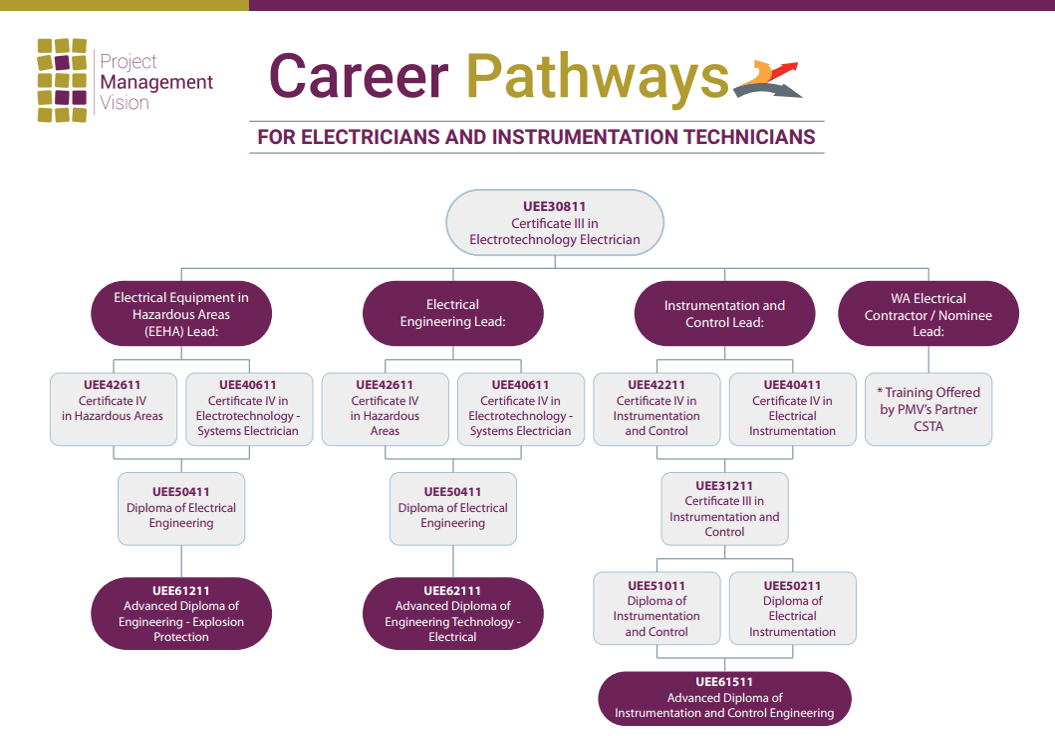Examine This Report on Roar Solutions
Wiki Article
Some Known Facts About Roar Solutions.
Table of ContentsAll about Roar SolutionsRumored Buzz on Roar SolutionsExamine This Report on Roar Solutions
In such an ambience a fire or surge is feasible when three basic conditions are met. This is typically referred to as the "harmful location" or "burning" triangle. In order to safeguard installments from a potential explosion a technique of analysing and categorizing a possibly unsafe location is required. The purpose of this is to make sure the appropriate choice and installment of equipment to ultimately stop an explosion and to ensure safety of life.
(https://www.abnewswire.com/companyname/training.roarsolution.com.au_152691.html#detail-tab)
No devices needs to be set up where the surface temperature level of the equipment is higher than the ignition temperature of the provided danger. Below are some typical dirt harmful and their minimum ignition temperature. Coal Dust 380C 225C Polythene 420C (melts) Methyl Cellulose 420C 320C Starch 460C 435C Flour 490C 340C Sugar 490C 460C Grain Dirt 510C 300C Phenolic Material 530C > 450C Aluminium 590C > 450C PVC 700C > 450C Residue 810C 570C The probability of the danger being existing in a concentration high sufficient to trigger an ignition will vary from location to area.
Harmful area electric equipment perhaps created for use in greater ambient temperature levels. Area Repair Service By Authorised Employee: Difficult testing might not be required however specific treatments might need to be followed in order for the tools to preserve its 3rd event rating. Each piece of tools with a harmful rating ought to be reviewed independently.
The Main Principles Of Roar Solutions
The tools register is a comprehensive database of devices records that includes a minimum set of areas to determine each thing's area, technical parameters, Ex-spouse classification, age, and ecological data. This details is vital for tracking and managing the tools efficiently within harmful areas. In comparison, for routine or RBI sampling evaluations, the grade will certainly be a mix of Detailed and Close inspections. The ratio of Detailed to Close assessments will be figured out by the Devices Risk, which is assessed based upon ignition danger (the probability of a resource of ignition versus the likelihood of a flammable environment )and the hazardous area classification( Zone 0, 1, or 2). This variant will also affect the resourcing demands for job prep work. Once Whole lots are specified, you can create sampling plans based on the sample dimension of each Whole lot, which describes the variety of random tools things to be evaluated. To figure out the needed example size, 2 elements require to be evaluated: the size of the Whole lot and the classification of inspection, which shows the degree of effort that ought to be applied( reduced, normal, or boosted )to the evaluation of the Great deal. By integrating the group of evaluation with the Great deal dimension, you can after that develop the proper rejection standards for an example, indicating the permitted variety of damaged items discovered within that sample. For more details on this process, please refer to the Energy Institute Guidelines. The IEC 60079 standard suggests that the maximum interval between evaluations must not exceed 3 years. EEHA assessments will certainly additionally be carried out outside of RBI projects as component of set up maintenance and equipment overhauls or repair work. These evaluations can be credited toward the RBI sample sizes within the impacted Great deals. EEHA examinations are carried out to recognize faults in electrical devices. A weighted racking up system is necessary, as a single tool might have numerous faults, each with varying levels of ignition risk. If the consolidated score of both inspections is less than twice the fault score, the Great deal is regarded acceptable. If the Great deal is still taken into consideration undesirable, it must undertake a complete inspection or justification, which might cause stricter examination methods. Accepted Whole lot: The sources of any mistakes are determined. If a typical failing mode is found, extra equipment may require inspection and fixing. Faults are identified by seriousness( Safety and security, Integrity, House cleaning ), ensuring that urgent issues are examined and addressed quickly to minimize any kind of effect on security or procedures. The EEHA data source should track and tape the lifecycle of faults in addition to the restorative activities taken. Implementing a durable Risk-Based Evaluation( RBI )method is critical for making certain conformity and safety in taking care of Electric Tools in Hazardous Locations( EEHA) (electrical refresher course). Automated Fault Rating and Lifecycle Administration: Easily handle faults and track their lifecycle to enhance evaluation precision. The intro of this assistance for risk-based assessment better reinforces Inspectivity's position as a best-in-class service for governing compliance, along with for any type of asset-centric examination usage instance. If you want finding out more, we welcome you to ask for a demo and discover just how our remedy can change your EEHA management procedures.
The Basic Principles Of Roar Solutions

In regards to explosive risk, a hazardous location is an atmosphere in which an explosive atmosphere exists (or may be expected to be present) in quantities that call for unique check my source precautions for the building and construction, installment and usage of equipment. eeha courses. In this article we discover the challenges encountered in the workplace, the threat control steps, and the required expertises to function safely
It issues of modern-day life that we manufacture, save or deal with a series of gases or liquids that are considered flammable, and a variety of dusts that are regarded combustible. These substances can, in specific conditions, create explosive ambiences and these can have major and tragic consequences. The majority of us are acquainted with the fire triangle get rid of any type of among the three aspects and the fire can not take place, yet what does this mean in the context of dangerous areas? When damaging this down into its simplest terms it is essentially: a mix of a specific amount of launch or leakage of a particular compound or product, combining with ambient oxygen, and the visibility of a source of ignition.
In the majority of circumstances, we can do little concerning the levels of oxygen airborne, however we can have substantial impact on sources of ignition, for example electrical equipment. Dangerous locations are documented on the harmful area category illustration and are identified on-site by the triangular "EX-SPOUSE" indication. Here, amongst other key details, areas are split into 3 kinds depending on the hazard, the likelihood and period that an eruptive atmosphere will exist; Zone 0 or 20 is considered one of the most harmful and Area 2 or 22 is deemed the least.
Report this wiki page